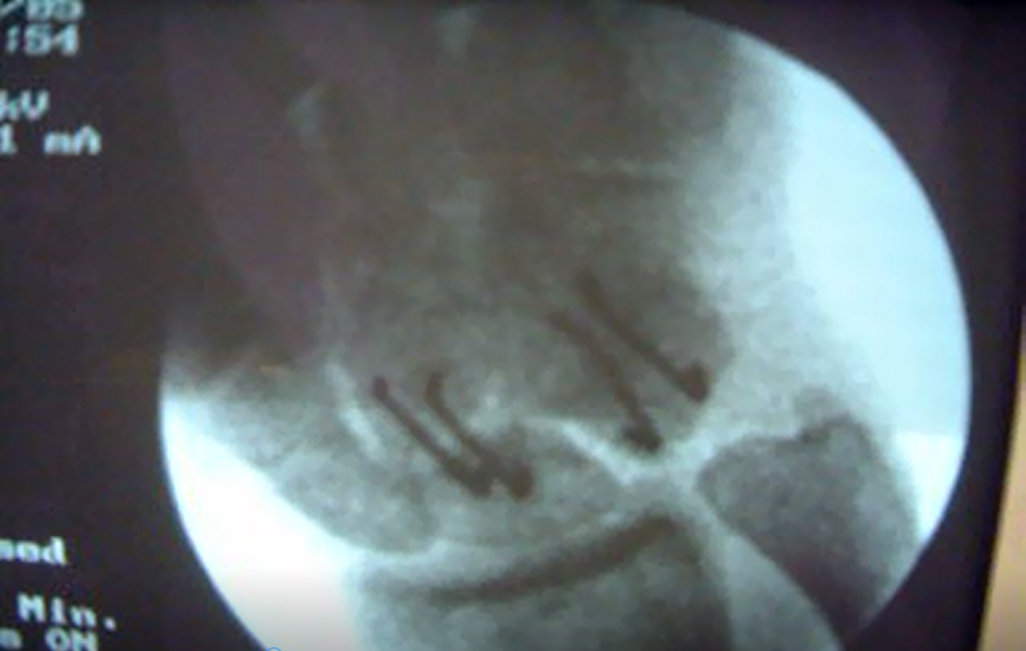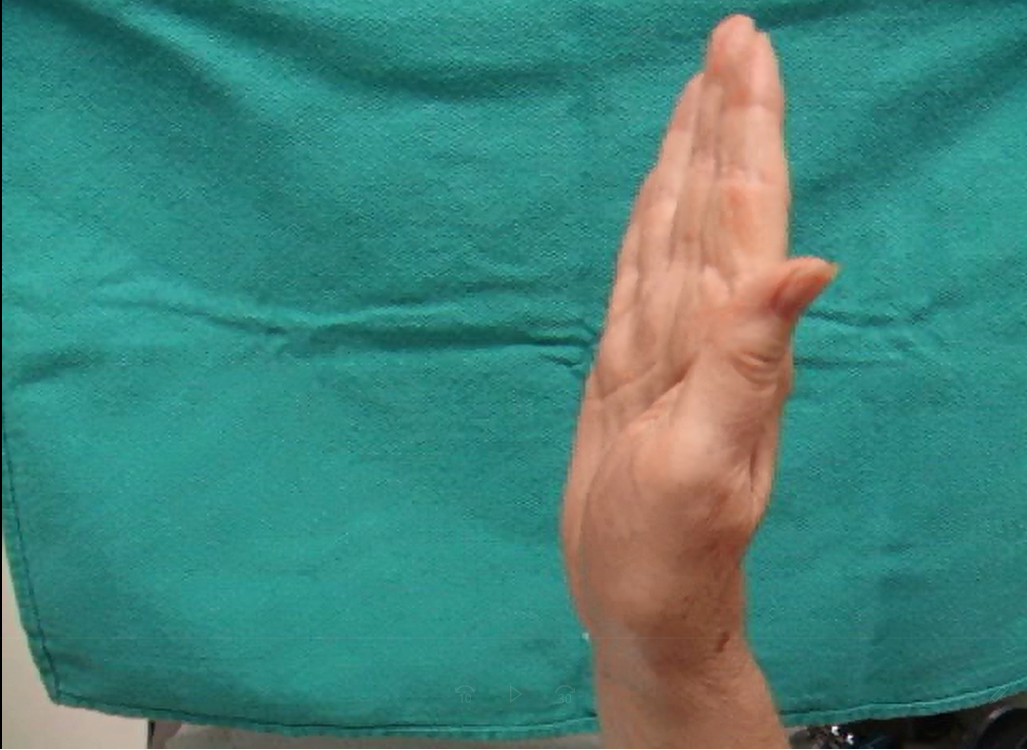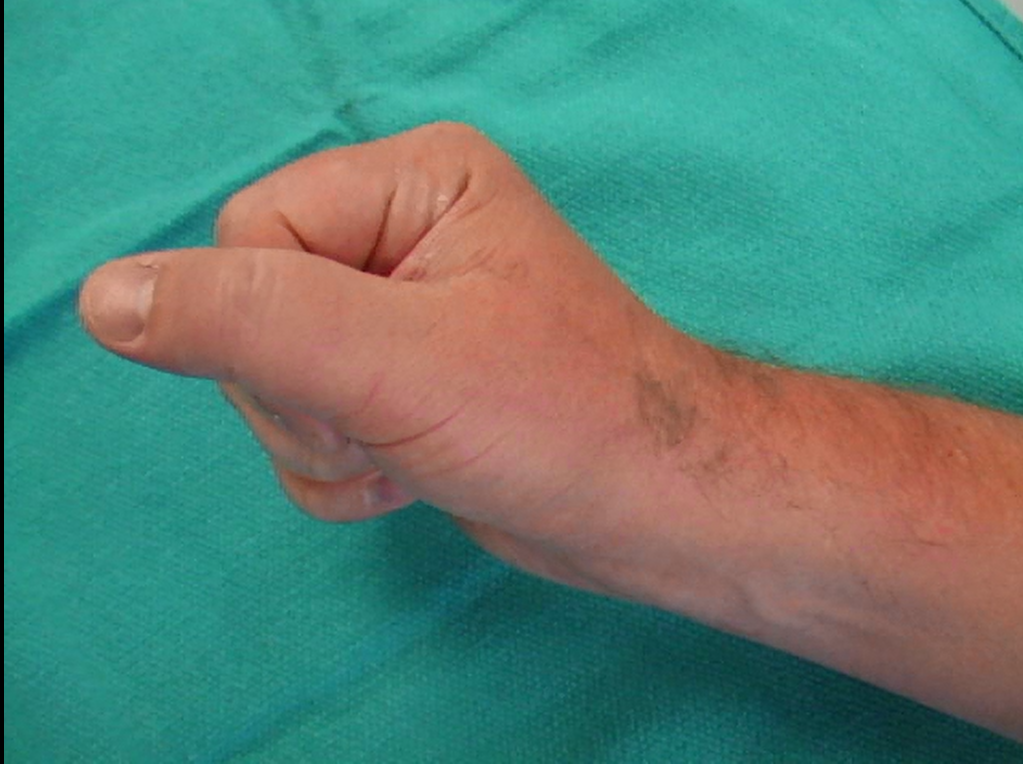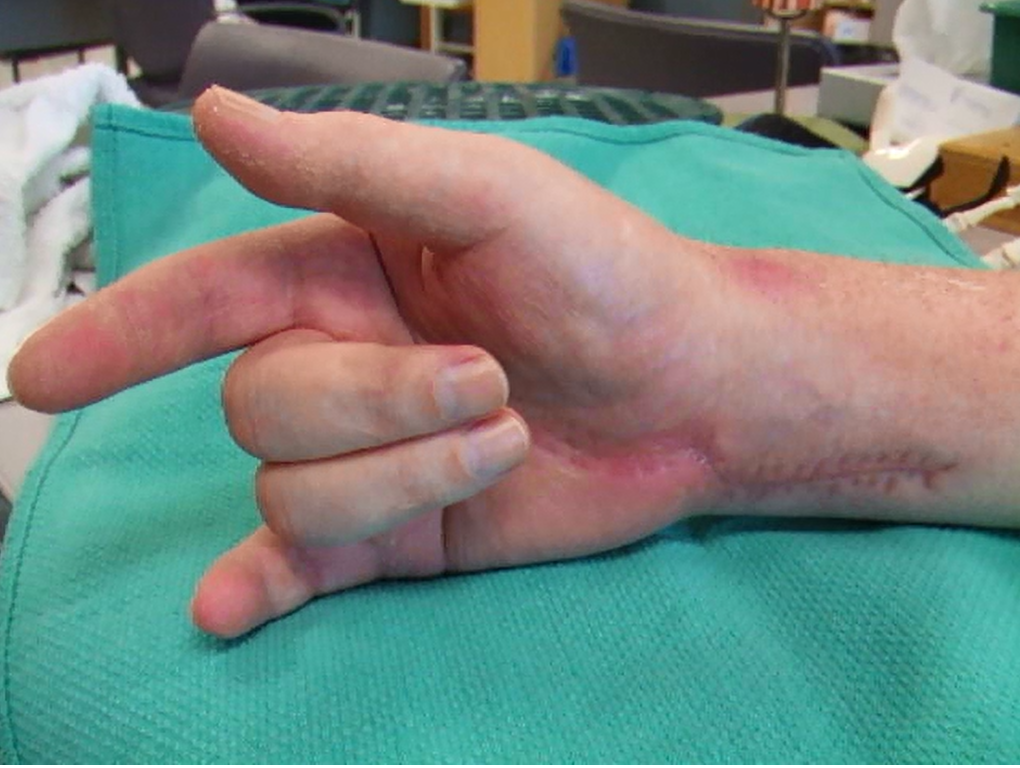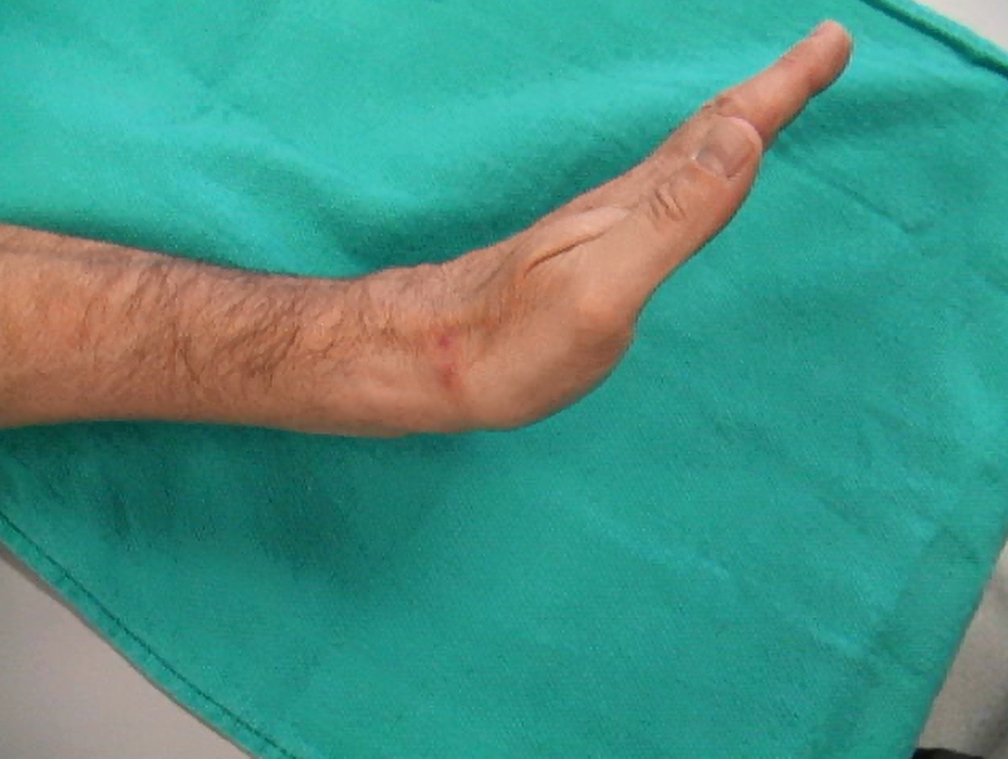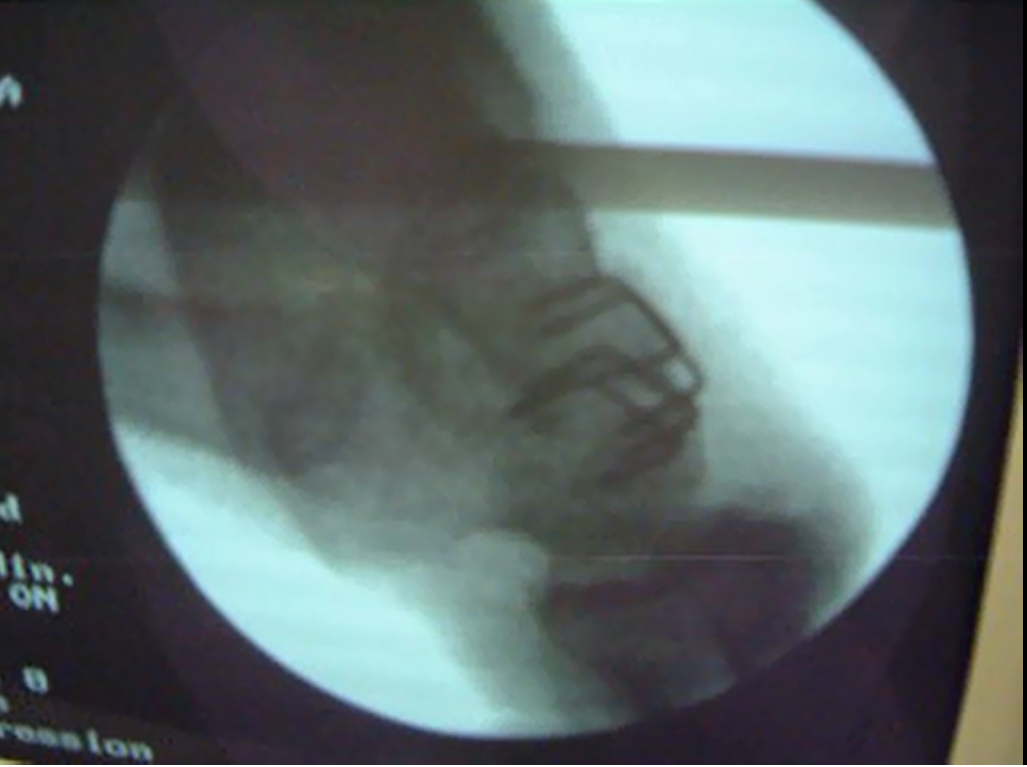Course Menu
Biomechanics of the Hand
Brachial Plexus and Peripheral Nerve Injuries of Upper Extremity
Introduction to Splinting
Management of Common Hand Injuries
Management of Upper Extremity Stiff Joints
Management of Upper Extremity Tendon Injuries and Fractures
Pathomechanics of Wrist and Hand Deformities in Rheumatoid Arthritis
Simplifying Biomechanics of the Elbow
Simplifying Management of the Wrist and Elbow
The Hand and Digital Dynamics
Wrist & Carpals Kinematics
Upper Extremity Tendon Injuries: Advances in Clinical Management
This intermediate to advanced level course focuses on the management of the wrist, carpals and the elbow joint. This lecture and lab course are designed to enhance the understanding of the complexity of the wrist and elbow, hands-on-assessment, focusing on differential diagnoses and management of various fractures and dislocations of these joints.
The purpose of this course is to enhance theoretical and practical knowledge to be better able to problem solve and design treatment programs for a variety of wrist and elbow conditions.
Course Objectives:
Upon completion of course, therapist will:
- recognize the mechanism of elbow, forearm, wrist and carpal motion
- learn sequential pattern of examining the wrist and elbow
- develop a treatment plan based on physiological, biological and biomechanical principles for both these joints
- list how trauma affects wrist and carpal kinematics and stiffness of the elbow joint
- learn different methods for the management of the carpus, distal radius, and elbow complex
This course features an in-depth presentation of:
- anatomy and kinematics of the wrist, and forearm
- evaluation of the wrist – with hands-on lab
- carpal dislocations and instabilities
- common surgical procedures of the wrist
- anatomy and biomechanics of the elbow
- evaluation of the elbow
- distal humeral fractures
- olecranon and radial head fractures
- dislocations of the elbow
- carpal fractures
- compressive neuropathies of the elbow
Video clips of elbow biomechanics, surgery, cadaver dissections, wrist fluoroscopy videos are presented throughout the course to demonstrate clinical reasoning and understanding of this complex joint. Several research ideas will be generated during the course to stimulate evidence-based practice.






















